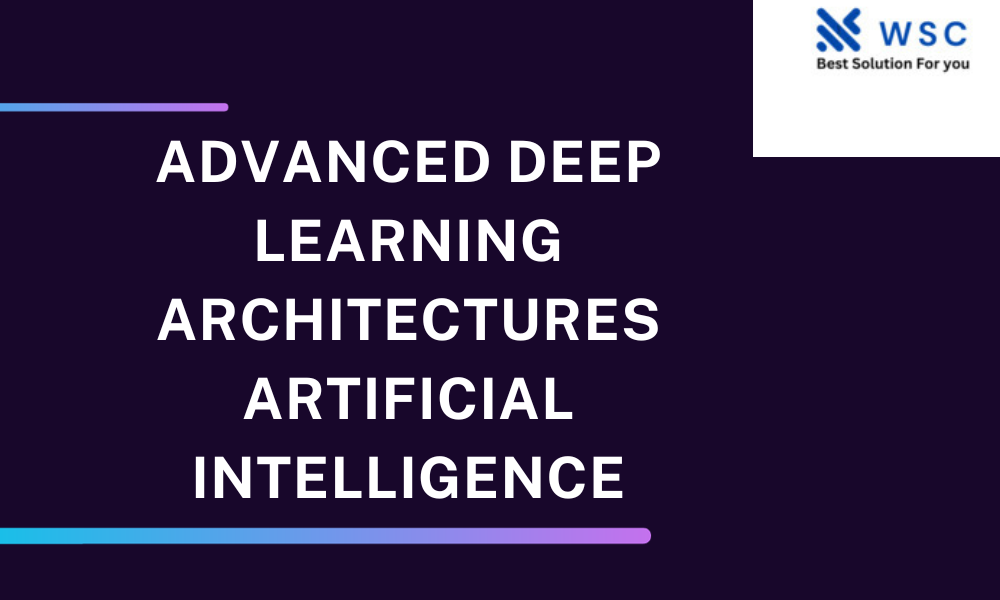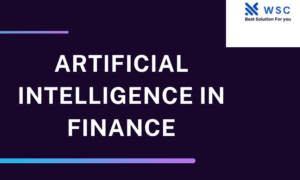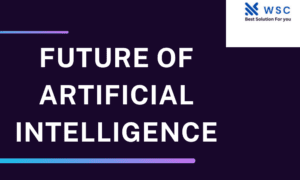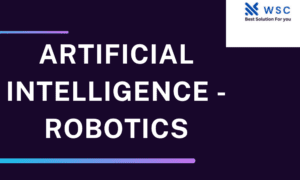Are you curious about how machines can think and learn like humans? Let’s explore the fascinating world of advanced deep learning architectures in artificial intelligence. In this article, we’ll break down complex concepts into plain English, using personal pronouns, engaging questions, and relatable analogies. No need for technical jargon – just a conversation about AI’s latest breakthroughs.
Table of Contents
| Sr# | Headings |
|---|---|
| 1 | Introduction |
| 2 | What is Deep Learning? |
| 3 | Neural Networks Explained |
| 4 | Convolutional Neural Networks |
| 5 | Recurrent Neural Networks |
| 6 | Generative Adversarial Networks |
| 7 | Transformers |
| 8 | Quantum Machine Learning |
| 9 | The Future of Deep Learning |
| 10 | Conclusion |
| 11 | FAQs About Advanced Deep Learning |
1. Introduction
Imagine if your computer could understand cat videos, translate languages, and even beat you at chess. It’s not magic; it’s advanced deep learning architectures in artificial intelligence making it all possible. Let’s delve into the world of AI and understand the magic behind it.
2. What is Deep Learning?
At its core, deep learning is a subset of machine learning. It’s like teaching a computer to think by itself. Instead of programming each task, we let it learn from data. Deep learning mimics the way our brain works, using artificial neural networks.
3. Neural Networks Explained
Think of neural networks as puzzle solvers. They break down problems into smaller pieces and work together to find the solution. These networks consist of layers, with each layer handling a different aspect of the task. Hidden layers in between process the information.
4. Convolutional Neural Networks
If you’re into images, Convolutional Neural Networks (CNNs) are your pals. They excel in recognizing patterns in pictures. CNNs are like detectives that scan images for details, just like you spot your friend in a crowd.
5. Recurrent Neural Networks
Ever wonder how your phone predicts your next word? That’s the magic of Recurrent Neural Networks (RNNs). They’re like storytellers, remembering past words to make sense of the present.
6. Generative Adversarial Networks
Generative Adversarial Networks (GANs) are like artists in the AI world. They create things from scratch, like generating realistic paintings or even deepfake videos. It’s a game of cat and mouse between a creator and a detective.
7. Transformers
Transformers are language wizards. They’ve revolutionized natural language processing, making machines understand languages better. It’s like having a super translator in your pocket.
8. Quantum Machine Learning
We’re about to get a bit sci-fi. Quantum Machine Learning combines quantum physics with deep learning. It’s like having a supercharged computer that can solve problems much faster than traditional machines.
9. The Future of Deep Learning
The future is exciting. Advanced deep learning will revolutionize healthcare, transportation, and countless other fields. It’s like watching science fiction become reality.
10. Conclusion
We’ve journeyed through the fascinating world of advanced deep learning architectures in artificial intelligence. It’s a realm where machines learn, understand, and create like never before. As we move forward, we’ll continue to unlock new possibilities in the AI universe.
11. FAQs About Advanced Deep Learning
1. What is the difference between deep learning and machine learning? Deep learning is a subset of machine learning. While machine learning focuses on task-specific algorithms, deep learning uses neural networks to mimic human brain functions, making it more adaptable and versatile.
2. How are GANs used in practical applications? Generative Adversarial Networks (GANs) are used in various applications, including image and video generation, style transfer, and data augmentation. They are particularly valuable in creative fields and can even be employed in medical image analysis and drug discovery.
3. Can I use deep learning to solve everyday problems? Absolutely! Deep learning is already integrated into many aspects of our lives. It powers voice assistants, recommendation systems, and even helps in medical diagnoses. As it continues to advance, it will become an even more integral part of our daily routines.
4. Are quantum machine learning models accessible for everyone? Quantum machine learning is still in its early stages, and quantum computers are not yet widely available. However, as the technology evolves, it is likely that more accessible quantum computing resources will become available for researchers and developers.
5. How can I get started with deep learning as a beginner? To get started with deep learning, you can take online courses and tutorials. Platforms like Coursera, edX, and Fast.ai offer excellent resources for beginners. You can also experiment with popular deep learning frameworks like TensorFlow and PyTorch.
In conclusion, advanced deep learning architectures in artificial intelligence are not reserved for tech experts. They are transforming the way we live and interact with technology every day. From recognizing faces in photos to enabling self-driving cars, these architectures are reshaping the future. As you dive into the world of AI, remember that it’s all about teaching machines to think, learn, and evolve – just like we do.
Check our tools website Word count
Check our tools website check More tutorial




